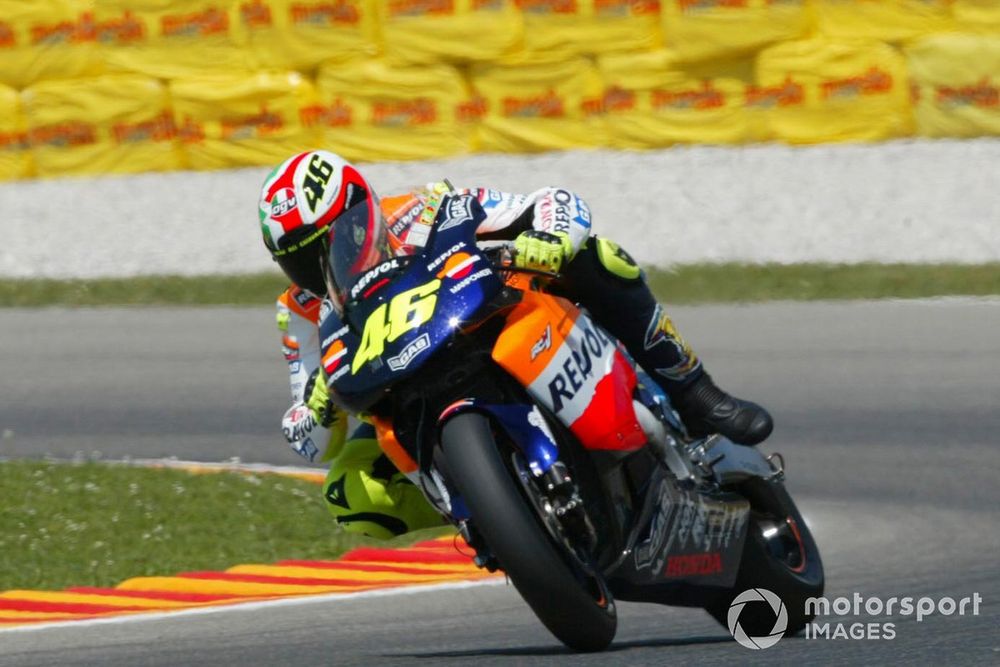By the time the 2027 MotoGP season rolls around, 10 years will have passed since the series’ last major regulations shake-up was introduced in 2016. That year saw the culmination of Dorna Sports’ masterplan to boost grid numbers and the competitive health of a championship battered by the fallout of the 2008 economic crisis.
What started with the radical introduction of a production-based set of rules with the CRT (Claiming Rules Team) class in 2012 to run alongside the current prototypes, ended with the finalising of MotoGP’s spec-electronics regulations.
FULL DETAILS: MotoGP’s 2027 technical regulation changes
Proving to the dominant Japanese manufacturers that there was more value in a championship that was fine with shedding its ‘true prototypes’ ethos to boost the on-track spectacle remains arguably Dorna CEO Carmelo Ezpeleta’s greatest achievement.
In anticipation of those rules, Suzuki and Aprilia rejoined the series in 2015. In 2016, Suzuki was a grand prix winner again. Ducati ended a barren run that year also, winning for the first time since 2010. In 2017, KTM joined the fray. By round three of the 2022 campaign, all six present manufacturers could count themselves as grand prix winners.
To boot, financial help for satellite teams coupled with the greater choice in machine strength meant non-factory outfits started becoming legitimate threats. Since 2020, a satellite rider has finished inside the top three in the standings three out of the last four years (Franco Morbidelli in 2020, Enea Bastianini in 2022, Jorge Martin in 2023). Satellite teams are such a good option now that Marc Marquez felt a year-old Ducati with Gresini Racing was a better bet than a factory Honda for 2024.
What started in 2016 has now seen the European manufacturers rule the roost, while Honda and Yamaha struggled to get back on terms and Suzuki left the series at the end of 2022. Concession regulations have been brought back to help them, but 2027’s rules reset – headlined by the switch to 850cc engines down from 1000cc – will be seen as the biggest opportunity for them.
If that’s the gameplan for Honda and Yamaha management, however, it may be folly.
Honda nailed it with the 2002 regulation changes
Photo by: Gold and Goose / Motorsport Images
Honda nailed the first big change of the MotoGP era in 2002, when the series ditched two-stroke 500cc rules for four-stroke 990cc bikes, with its RC211V. A contender for…
Click Here to Read the Full Original Article at Autosport.com – MotoGP – Stories…

